You can sew a beautiful and original tablecloth for a holiday or a simple but extraordinary tablecloth for a dining table with your own hands. And if you show skill and imagination, you can get a whole work of art.
- Choosing fabric for tablecloth
- Necessary materials and tools
- How to measure a table depending on its shape
- Step-by-step sewing of a tablecloth for a round table
- Step 1. Calculating fabric consumption
- Step 2. Cutting the fabric
- Step 3. Processing the corners
- Step 4. Sew the hem
- Step 5. Decorating
- Making your own napkins
- Original options
Choosing fabric for tablecloth
The tablecloth on the dining table should be pleasant, pleasing to the eye and set you up for enjoying your dinner. In addition to the aesthetic side, do not forget that the dining table is the place where there will definitely be crumbs, drops of tea and stains from sauces, so the material from which the table covering is sewn should be quickly rubbed or washed and easy to iron.

When choosing fabric for a tablecloth, the following parameters should be taken into account:
- Purpose (dining, guest or festive).
- Form.
- Interior of the room.
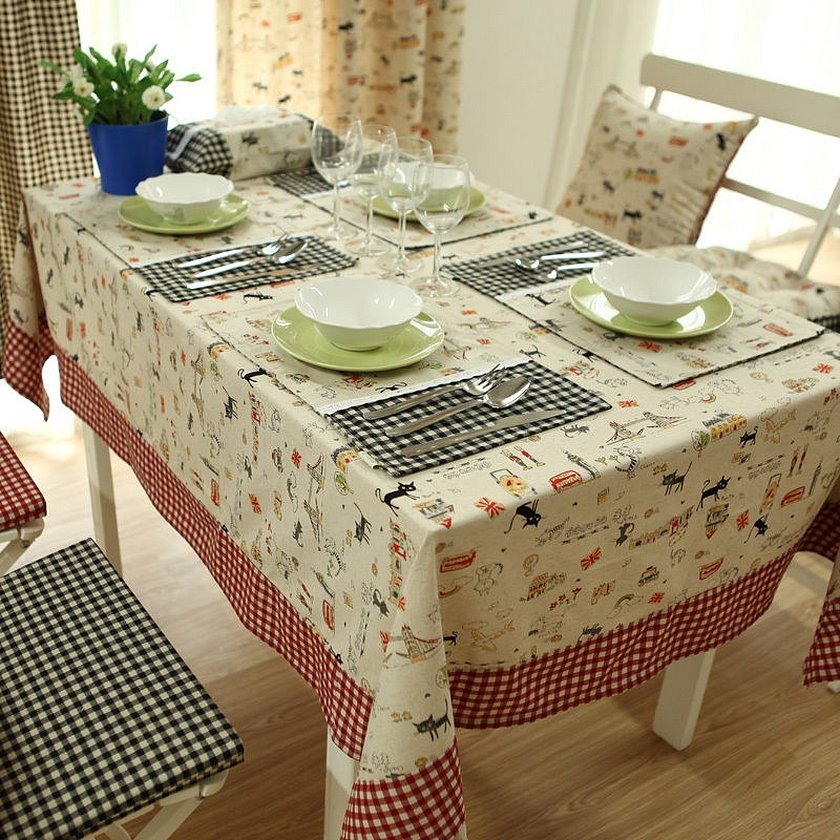
- Quality of material.
- Cost of material.
For a dining table covering that will be used daily, linen and cotton of non-marking shades are suitable - these fabrics are traditional and elegant. Silk, satin, textured or smooth, these fabrics look perfect on a festive table - they are very elegant. It is very convenient to use modern fabrics for sewing:
- Mati, it consists of 60% cotton and 40% polyester, which makes it wear-resistant and durable. In addition, mati is treated with an oil-repellent substance and greasy stains are removed from it quickly and easily.
Important! This fabric has a fire hazard class of 1, it ignites quickly.
- Zhuravinka, consists of cotton fibers with polyesters. It is treated with agents that repel grease and dirt.
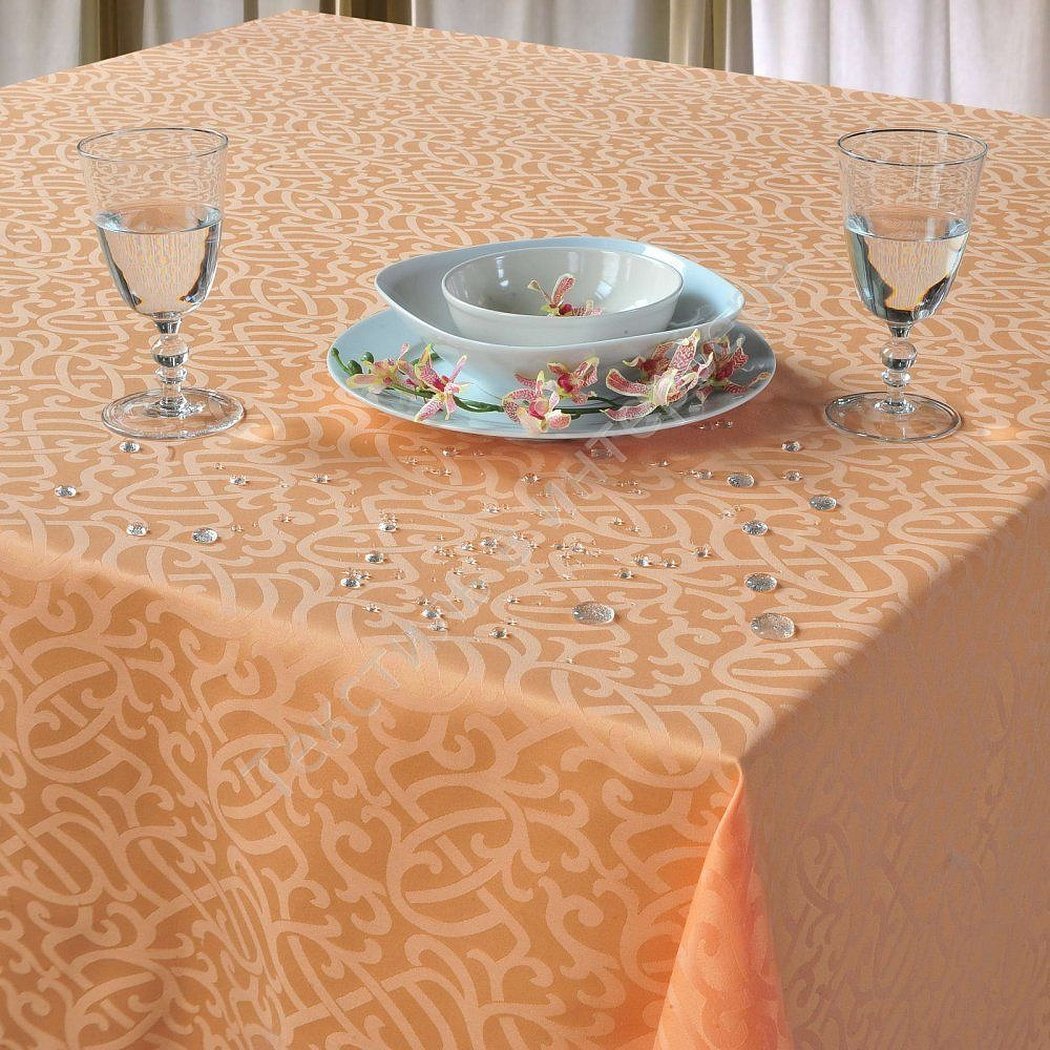
These fabrics are suitable for sewing tablecloths for restaurants and for the home.
Please note! When choosing fabric for a tablecloth, you should not buy a smooth and slippery fabric, it will slide off the table and wrinkle under your hands.
There is also a huge selection of textiles with Teflon impregnation - soft, durable, easy to wash, these fabrics have a wide range of colors and textures.
Necessary materials and tools
To sew the product yourself, you will need a minimum set of materials and tools:
- First of all, it is, of course, fabric, thread and a needle.
- Sewing machine for even and neat seams.
- Scissors (ideally fabric scissors).
- Measuring tape.
- Ruler.
- Tailor's pins to avoid basting the fabric by hand.
- A pattern, if the product will have a round or oval shape.
- Chalk or soap for applying the pattern to the fabric.
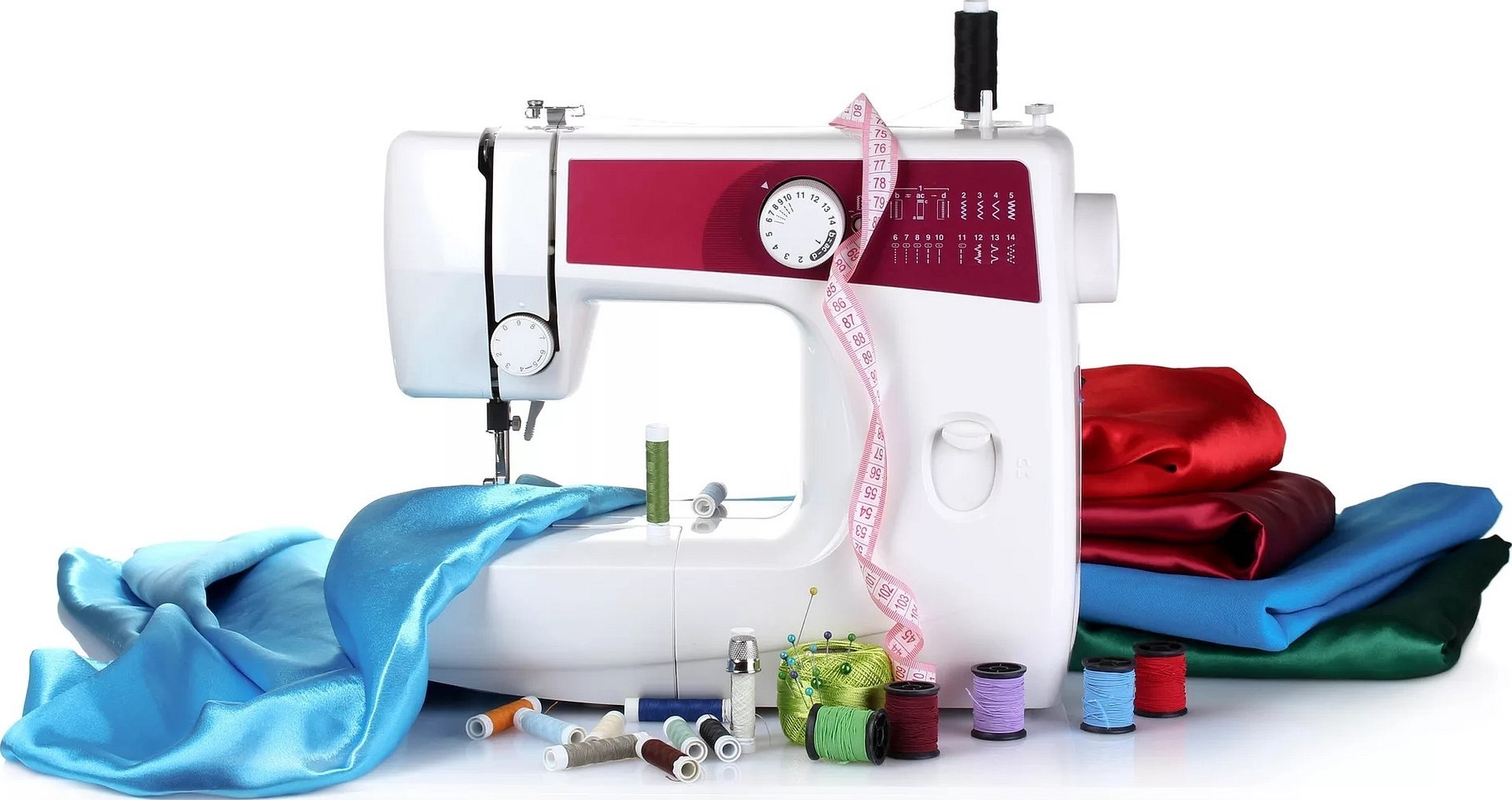
Well, that’s probably the whole list of necessary tools for sewing a tablecloth at home.
How to measure a table depending on its shape
According to the rules of etiquette, the tablecloth should hang from the table to a certain length, which varies depending on the purpose of the covering:
- For the dining table - 20 cm.
- For the holiday - 30 cm.
- For official receptions and wedding banquets - 40 cm.
- For a buffet - to the floor.
To determine how much fabric you will need to sew a tablecloth, you need to measure the tabletop, add the length of the overhang and the allowance for hemming the fabric (2.5-4 cm).
Important! To make the edge of the tablecloth heavier, you can leave 10 cm for the seam allowance, 5 cm for 1 hem, or finish the edge with a wide braid.
For a square table, it is very easy to calculate the size of the canvas. To do this, you only need to measure the length of one side of the table, add the length of the overhang and the allowance.
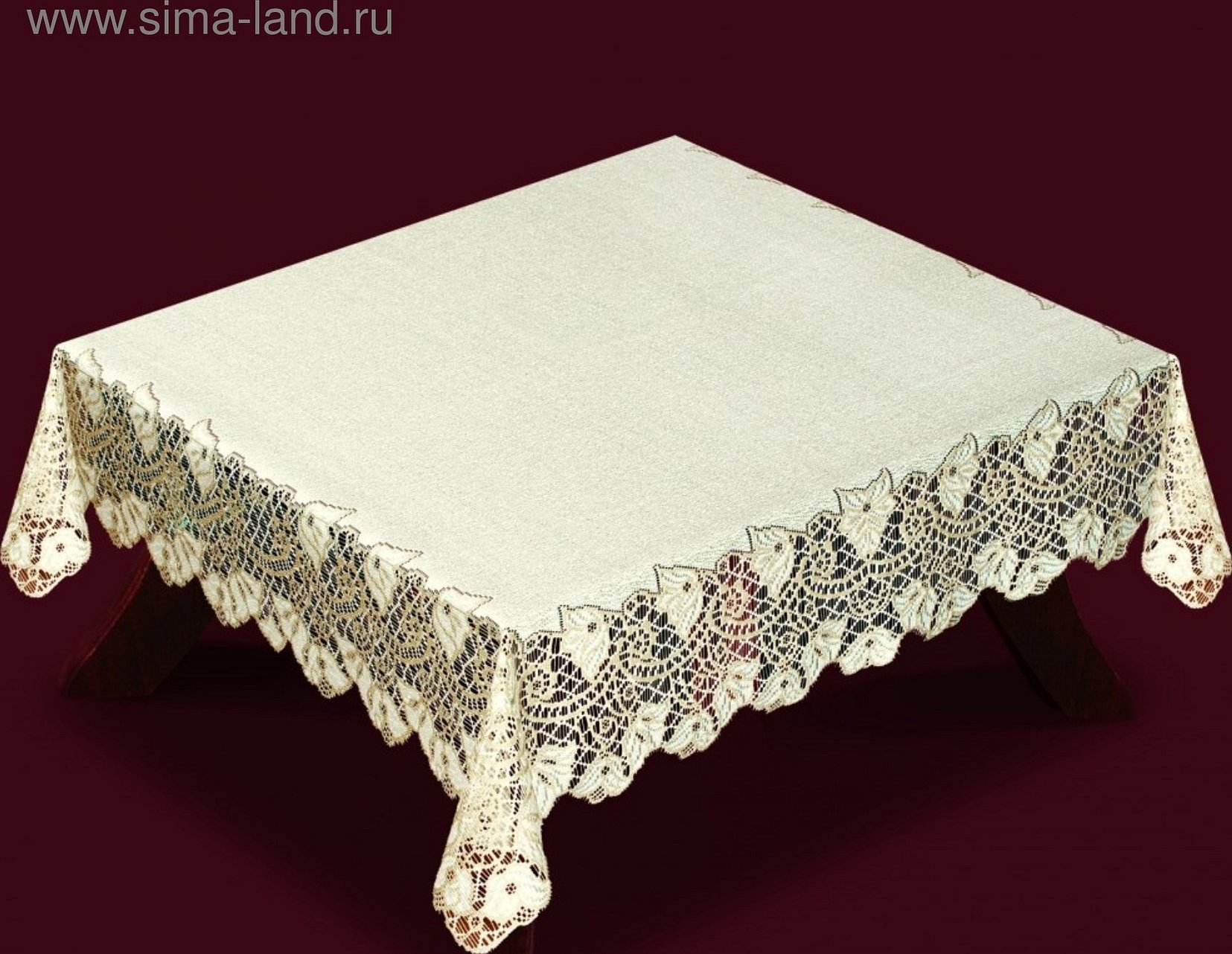
For a rectangular table, you will need to measure two adjacent sides and add additional dimensions. For example: the length of the table is 1.5 m, and the width is 80 cm. For a tablecloth for a dining table, you will need a fabric measuring 1 m 98 cm in length and 1 m 28 cm in width.
To calculate the size of a product for a round table, you need to measure the diameter of the table, add the overhang length and allowances.
Please note! The biggest challenge will be determining the size for an oval table.
To accurately repeat the oval of the table, you will have to make a pattern for the tablecloth. To do this, draw the exact shape of the tabletop on paper, attach it to the cloth and add the length of the overhang and allowance.
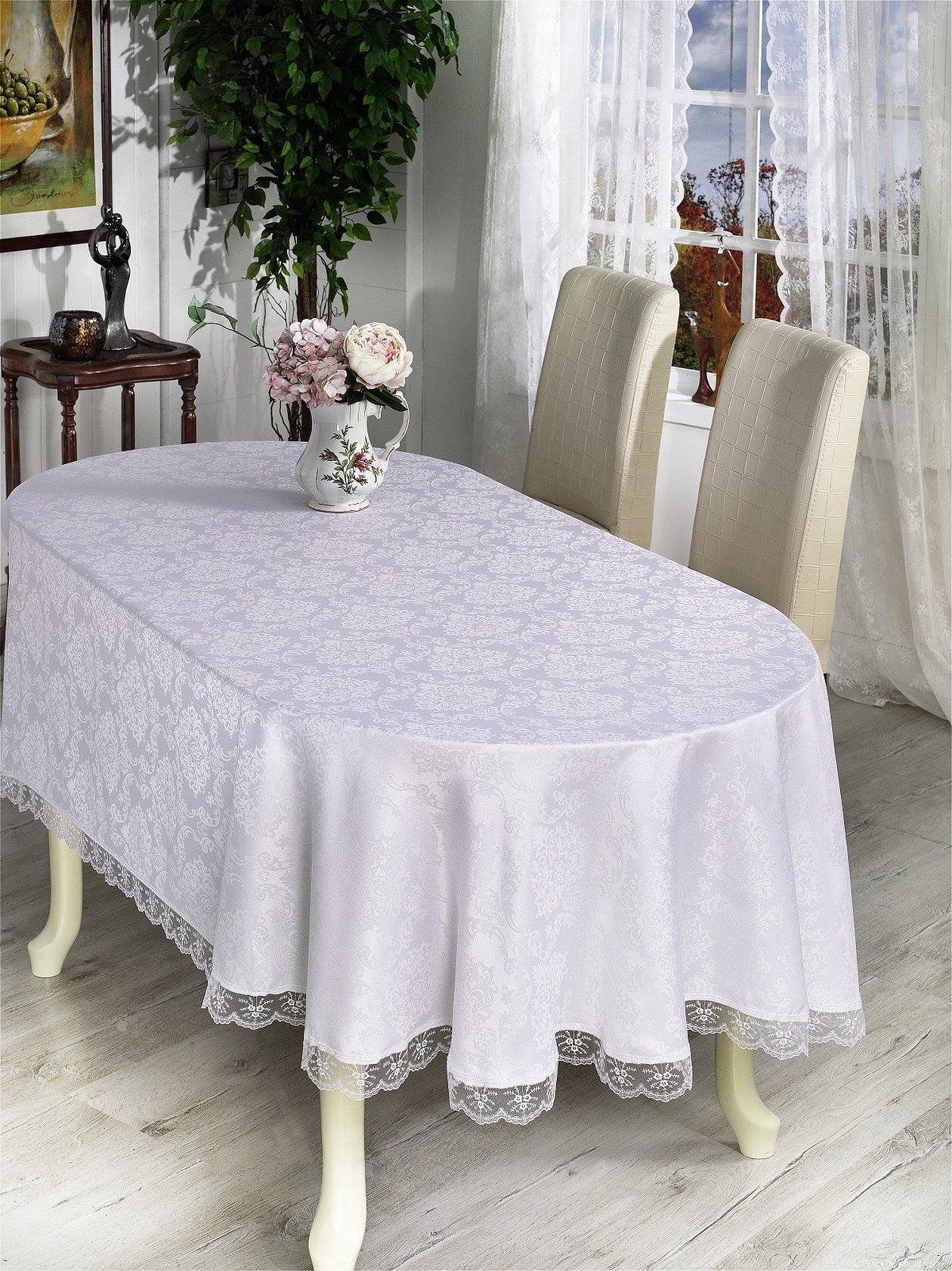
Step-by-step sewing of a tablecloth for a round table
The covering looks very beautiful on a round table, covering the tabletop and hanging in free waves, it will add romance and elegance to the room in which such a table is located.
Step 1. Calculating fabric consumption
To calculate the fabric consumption for a round table, measure the diameter of the tabletop and divide the obtained value by 2 to find out the radius. Add the overhang length and the allowance length to the radius and multiply the sum by 2. For example: (table diameter 2 m/2 + 30 cm overhang + 4 cm allowance) * 2 = the required fabric size is 2 m 68 cm by 2 m 68 cm.
Step 2. Cutting the fabric
The purchased piece of fabric needs to be cut out. To do this, fold the fabric in four horizontally and vertically with the right side facing inward. To prevent the fabric from unraveling, pin it and measure the following value: radius + overhang + allowance. You need to measure with a tape measure and chalk. Place one end of the tape measure on the inner corner, and the other on one of the sides of the resulting square at the required distance and move to the other side, making marks with chalk. Connect the marks to make an arc. Carefully cut off the excess along the line and process with an overlock so that the edges do not fray.
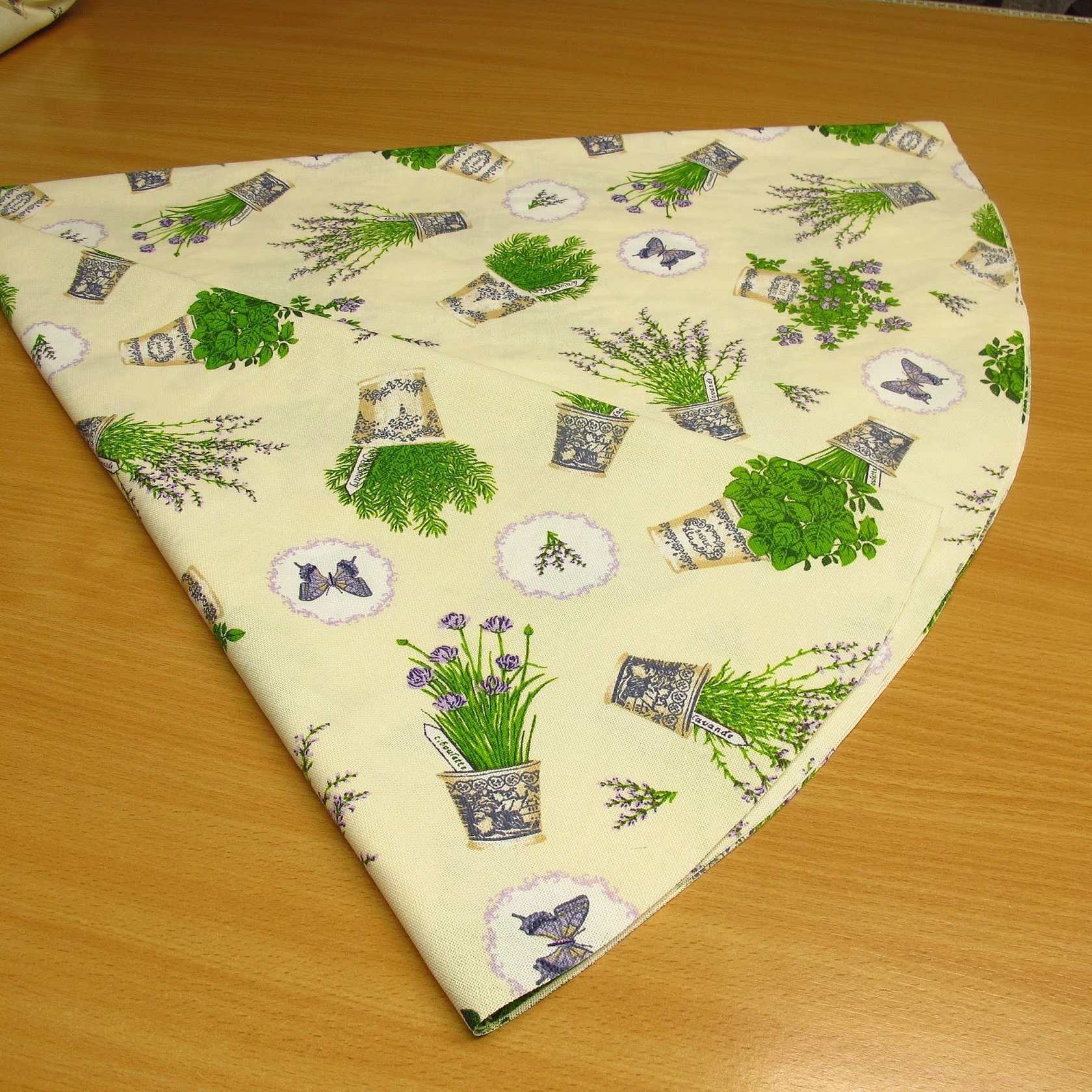
Step 3. Processing the corners
A round tablecloth, of course, has no corners, but if the tablecloth is square or rectangular, then the process of processing the corners must be approached very responsibly so that they turn out perfectly even and beautiful.
To process and hem the corners, you will need an iron and a ruler. First, you need to mark the planned distance for the hem, this is done twice. First, fold and iron the first hem along the line, then the second. Iron carefully so that a clear trace of the line remains. By unfolding the corner, you can see a square. You need to tuck the corner so that this square folds in half diagonally, and cut off the resulting small triangle. Next, you need to fold the first hem back and tuck the corner inward, fold the second hem and iron. For reliability, you can secure it with a pin.
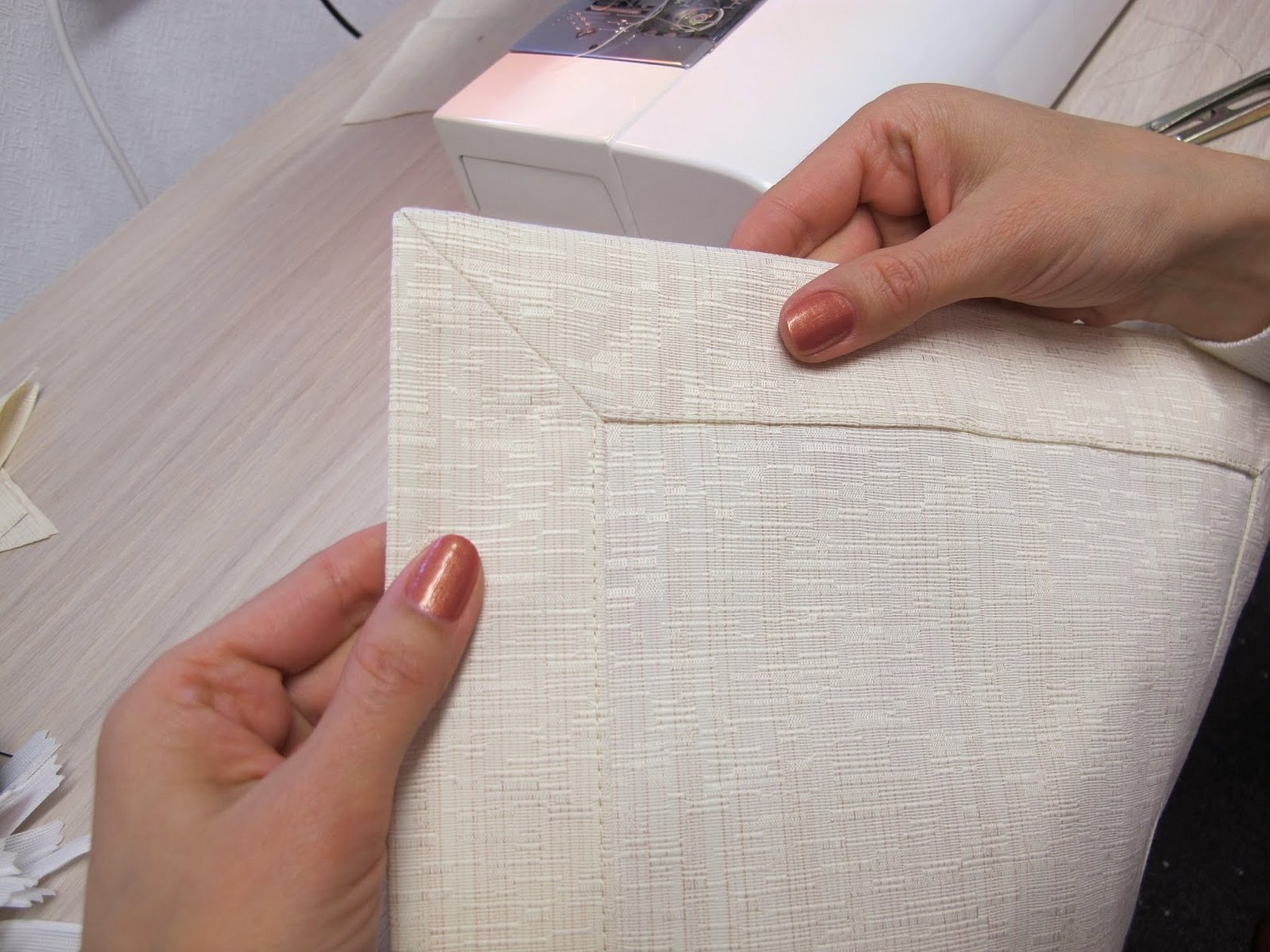
Step 4. Sew the hem
How to hem a round tablecloth. Measure and mark the hem lines along the entire edge, fold and baste or pin. For convenience, you can iron the hem. Carefully stitch with a minimum indent or hem with a hand invisible stitch.
Step 5. Decorating
A regular tablecloth is easy and simple to sew, but if you want to add a touch of coziness, originality and extravagance, the tablecloth can be additionally decorated.
Do this using the following techniques:
- Playing with color or texture. The product can be sewn from two types of fabric, and they can be combined as your imagination or the overall interior of the room suggests.
- Ruffles. You can play with the length and volume of the overhang, if you add ruffles or drapery, you will get an elegant lush tablecloth.
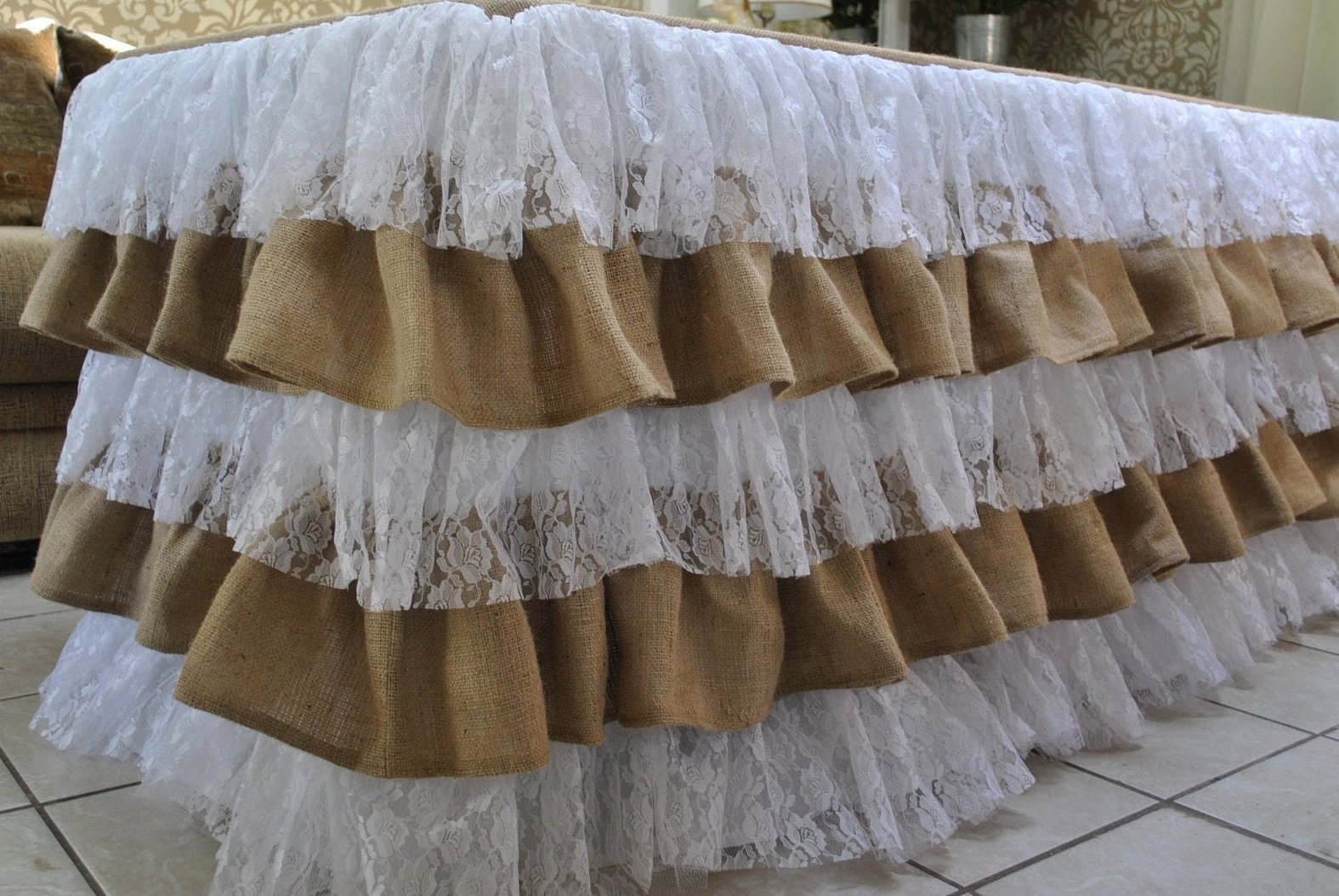
- Lace. Whether you use fine lace for edging fancy tablecloths or thickly woven for a country linen tablecloth, there are many options. Since there are many ways to sew lace to a tablecloth, choose the one that suits you best. Lace should either be sewn or crocheted onto the tablecloth, either overlapping or below the overhang.
To decorate a tablecloth, you can use satin, beads, decorative ribbons, embroidery and other decorations; even a simple stitch made in a contrasting color can decorate the product.
Making your own napkins
When napkins are placed on the tablecloth, sewn in the same style, it looks beautiful and rich. Napkins can also be made with your own hands from fabric scraps, or by planning the consumption in advance. Moreover, it is not difficult to do, like sewing a tablecloth.
First, you need to decide what shape the napkins will be: square, rectangular or round, then mark the size, add seam allowances to it and cut out. Then repeat the same steps as when sewing a tablecloth: iron the hem, process the corners, stitch the edges. The napkin decor can match the tablecloth decor, you can reduce it proportionally or come up with a different design.

Original options
Tablecloths made from two plain fabrics of the same color but different tones look contrasting and unusual.

The covering, made in the form of a path, looks original.

Openwork tablecloths, crocheted or sewn from pieces of lace, on a bare table or on a fabric base, delicate and elegant for a romantic dinner or a pompous lunch.
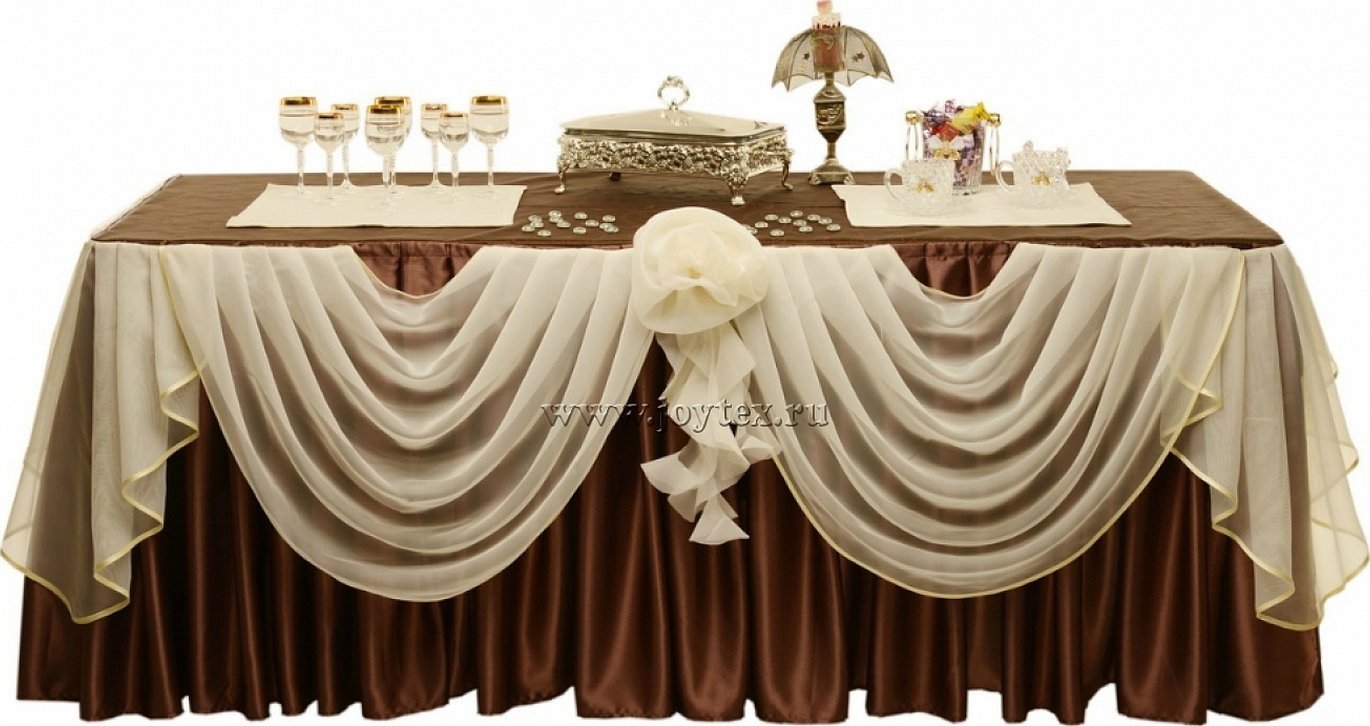
It is very easy to sew a tablecloth with your own hands. And you can get a lot of pleasure from the process, starting from the choice of fabrics and colors, the choice of which is very large and it is possible to choose a fabric that will suit the interior of the room. The size of the tablecloth made with your own hands will be exactly under the dining table and you will not have to tuck it or extend it with another tablecloth. And most importantly, with your own hands you can make a work of art, the likes of which no one else will have.




